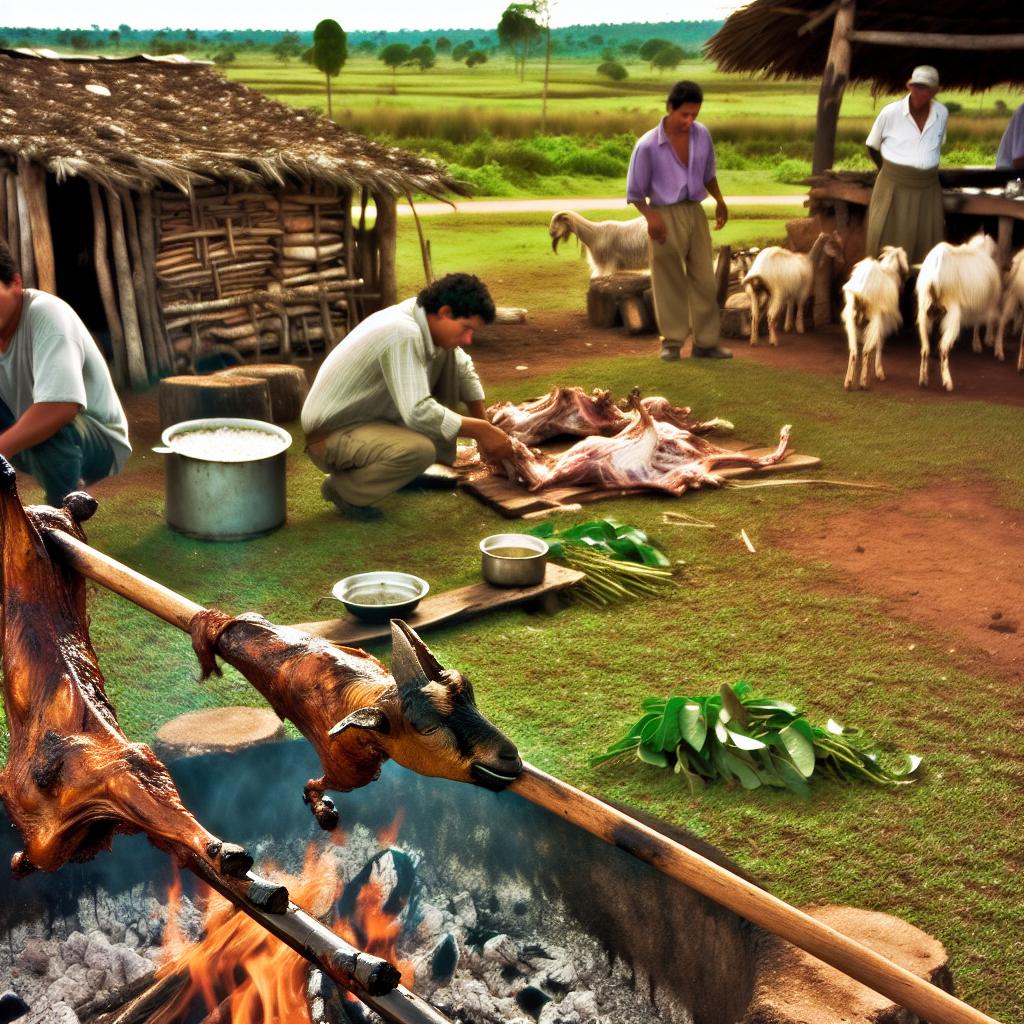
Cabrito asado, or roast goat kid, is more than just a delightful culinary experience; it is a tradition with rich historical underpinnings. Found predominantly in Latin American regions, particularly Northern Mexico and certain parts of South America, cabrito asado is tied intricately to the cultural and agricultural tapestry of these areas. This dish is emblematic of the history and traditions that have been passed down through generations.
The roots of roasting goat trace back to indigenous communities in the Americas. These communities appreciated goats for their resilience and adaptability to challenging climates and varied terrains. In the 16th century, goats were introduced to the Americas by Spanish colonists. Known for their hardiness, these animals quickly adapted to the new environment and became an important part of the diet for many communities.
A significant turning point in the culinary history of Latin America was the arrival of the Spanish, who influenced local food practices significantly. The Spanish introduced European livestock management techniques and cooking methods, which were then amalgamated with indigenous methods. Native tribes already practiced roasting whole animals, and this technique evolved to incorporate the newly introduced goats, birthing dishes such as cabrito asado. The combination of Spanish and indigenous practices created a unique culinary landscape that continues to be influential today.
Cabrito asado has gained popularity across various regions, with a strong presence in Northern Mexico, particularly in states like Nuevo León, Coahuila, and Tamaulipas. Each region boasts its own distinct method of preparing and flavoring the dish, with common practices involving the slow roasting of a young goat. Despite regional differences in preparation, the essence of cabrito asado remains constant, reflecting a harmonious blend of tradition and local adaptations. This geographical spread showcases the dish’s versatility and its capacity to bring together diverse culinary influences.
In today’s world, cabrito asado transcends its role as a traditional dish; it is a symbol of cultural heritage and a key element of regional identity. It continues to play a vital role in cultural festivities and everyday dining in the areas where it is popular. Beyond these regions, cabrito asado has gained international favor, making appearances in varied forms in the global culinary arena. Its appeal is testament to the dish’s richness in flavor and cultural nuance.
In appreciating cabrito asado, one can delve further into the broader spectrum of Latin American culinary traditions. Renowned gastronomic publications and local culinary guides offer more in-depth exploration of these diverse practices, accentuating the cultural significance of dishes like cabrito asado.
Conclusion
The origins of cabrito asado tell a story of cultural exchange, agricultural adaptation, and culinary progression, demonstrating a rich tapestry that spans centuries. This dish stands as a testament to the enduring legacy of traditional cooking techniques and the vibrant historical background of the regions where it is celebrated. Through cabrito asado, one gains insight into the intricate interplay of history, tradition, and modern-day culinary artistry. This dish does not merely satisfy appetites but also connects people to their cultural roots, making it a cherished tradition worth preserving for future generations.